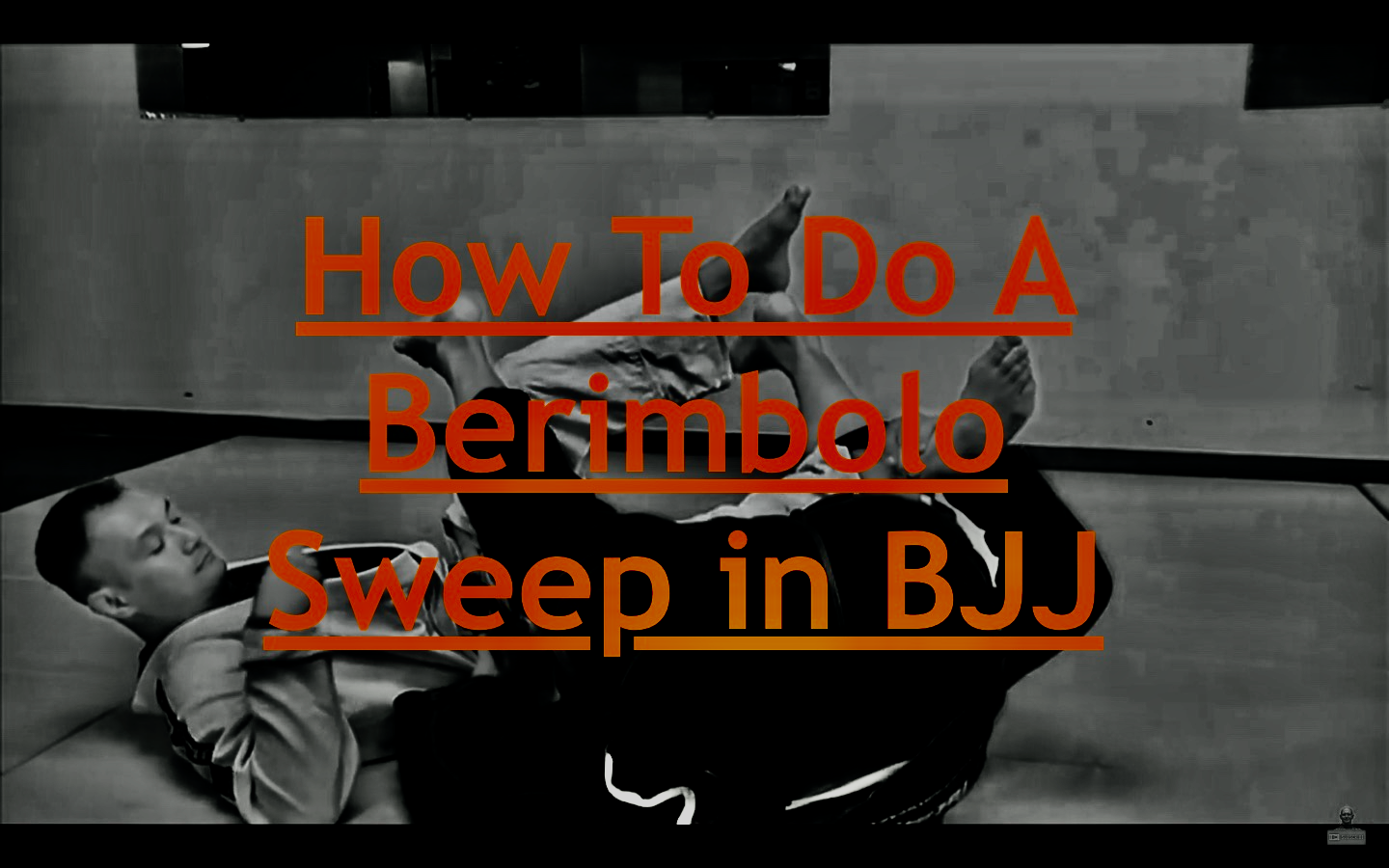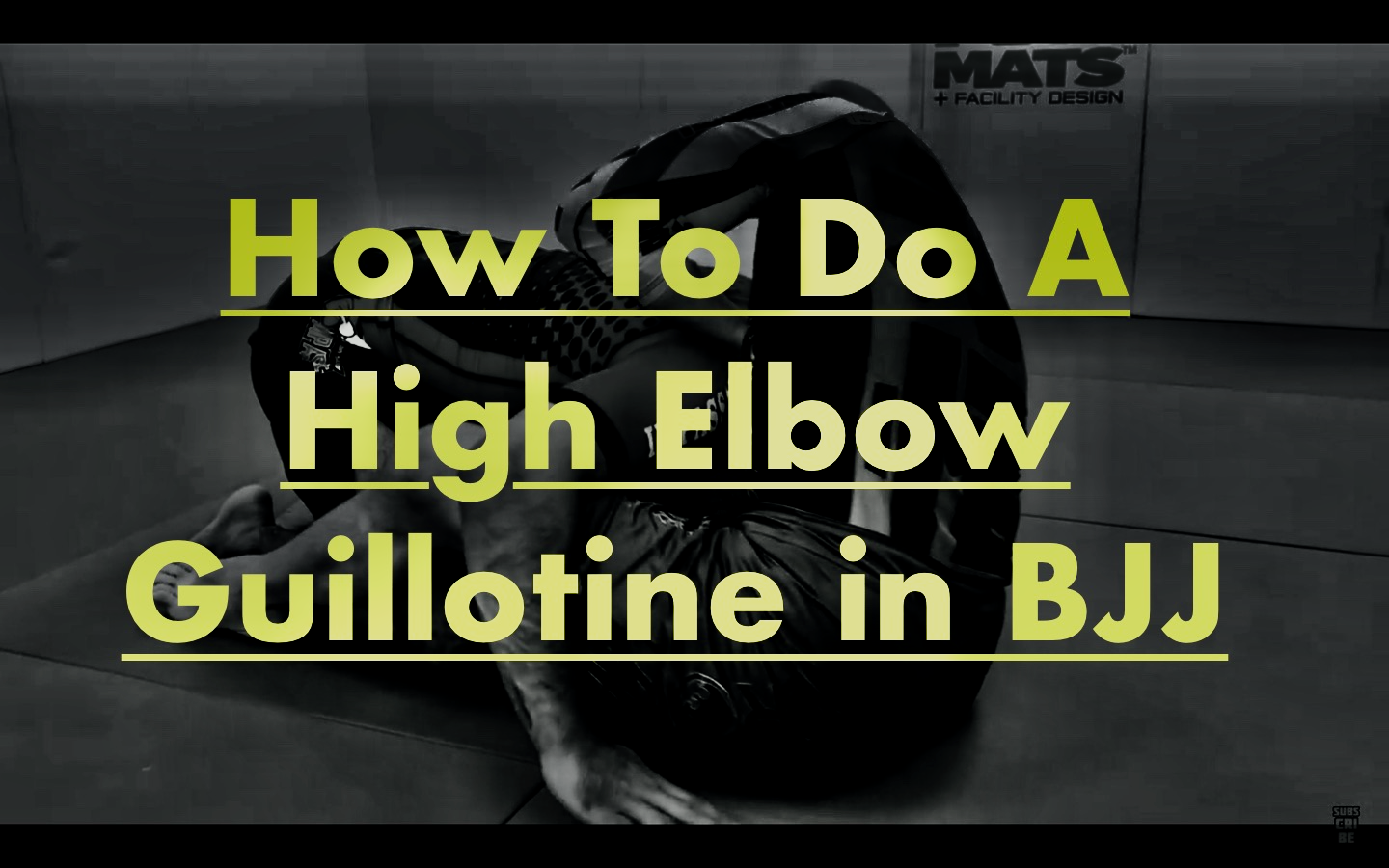How To Do A Neck Hug Americana Armlock Submission

The Americana armlock submission is a versatile sub in BJJ. The Americana submission is available from mount, side control, half guard, guard, and even back. Basically anywhere you have control of your opponent’s hips, you can complete an Americana armlock and put enough force on their shoulder to make them tap.
The Americana submission is so common in BJJ that it is one of the essential techniques included in the Gracie BJJ Blue Belt Test.
Start: Mount
Step 1: Get scoop neck hug under opponent’s neck
Step 2: With free hand, grab opponent’s wrist and pin to mat
Step 3: Feed opponent’s hand to your hand behind their head
Step 4: Post out with your knee on the same side as the attack while wrapping opponent’s leg with the other
Step 5: Slide free hand under opponent’s arm and grip your own wrist with an overhand c-grip
Step 6: Slide your elbow behind and around opponent’s head, creating the space to complete the Americana and stopping their head from blocking
Step 7: Suck elbows in towards the attack and paint opponent’s wrist down the mat towards their hips
Finish: Submission via Neck Hug Americana Armlock Submission









